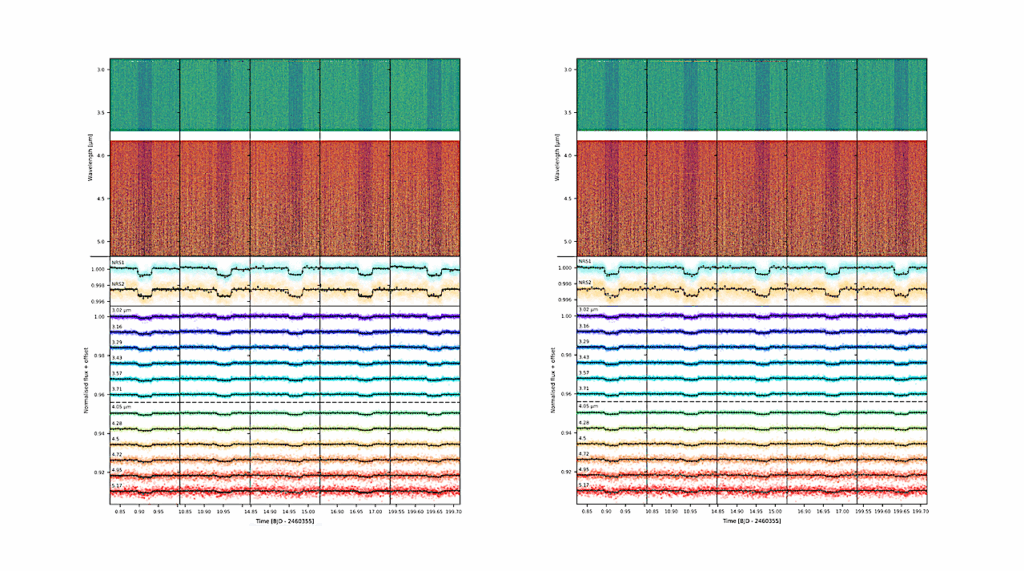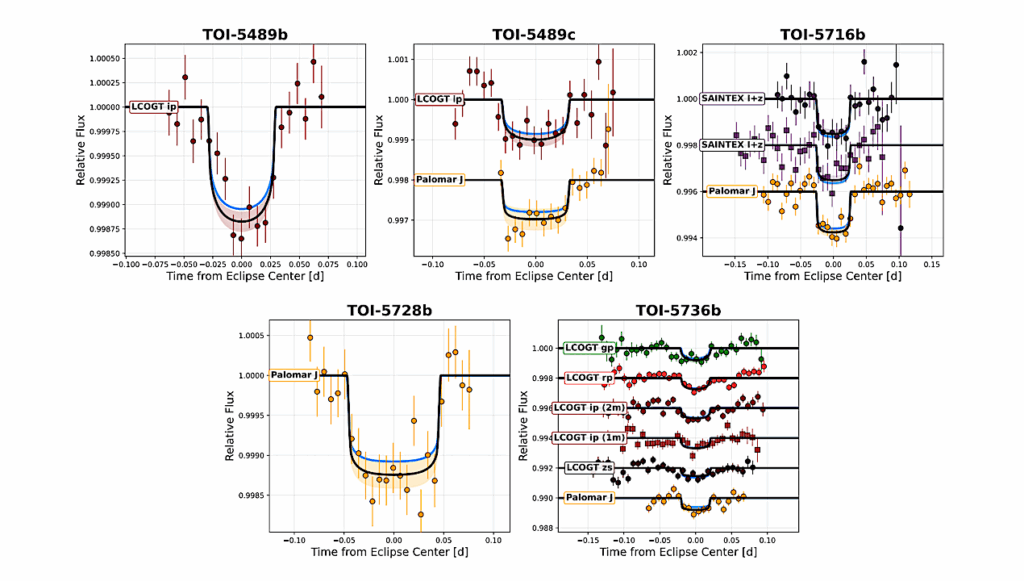Feasibility Of High-Resolution Transmission Spectroscopy For Low-Velocity Exoplanets

In recent years, high-resolution transmission spectroscopy in the near-infrared has led to detections of prominent molecules in several giant exoplanets on close-in orbits.
This approach has traditionally relied on the large Doppler shifts of the planetary spectral lines induced by the high velocities of the close-in planets, which were considered necessary for separating them from the quasi-static stellar and telluric lines.
In this work we demonstrate the feasibility of high-resolution transmission spectroscopy for chemical detections in atmospheres of temperate low-mass exoplanets around M dwarfs with low radial velocity variation during transit.
We pursue this goal using model injection and recovery tests with H- and K- band high-resolution spectroscopy of the temperate sub-Neptune TOI-732 c, observed using the IGRINS spectrograph on Gemini-S. We show that planetary signals in transit may be recovered when the change in the planet’s radial velocity is very small, down to sub-pixel velocities. This is possible due to the presence of the planetary signal in only a subset of the observed spectra.
A sufficient number of out-of-transit spectra can create enough contrast between the planet signal and telluric/stellar contaminants that the planet signal does not constitute a principal component of the time-series spectra and can therefore be isolated using PCA-based detrending without relying on a significant Doppler shift. We additionally explore novel metrics for finding such signals, and investigate trends in their detectability.
Our work extends the scope of high-resolution transmission spectroscopy and creates a pathway towards the characterisation of habitable sub-Neptune worlds with ground-based facilities.
Connor Cheverall, Nikku Madhusudhan
Comments: Accepted for publication in AJ
Subjects: Earth and Planetary Astrophysics (astro-ph.EP); Instrumentation and Methods for Astrophysics (astro-ph.IM)
Cite as: arXiv:2403.18894 [astro-ph.EP] (or arXiv:2403.18894v1 [astro-ph.EP] for this version)
Submission history
From: Connor Cheverall
[v1] Wed, 27 Mar 2024 18:00:01 UTC (684 KB)
https://arxiv.org/abs/2403.18894
Astrobiology,








